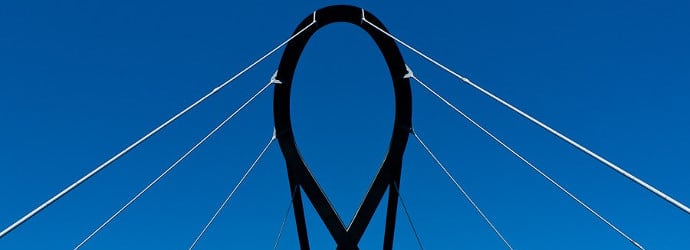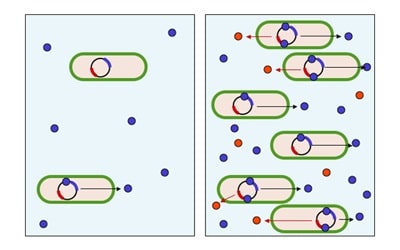If you are struggling to optimise your Western blot protocol, one step to consider is the equilibration of your gel and membrane before transfer. Wondering what this step achieves and whether it’s necessary? You’re not alone! I did dozens of Westerns without ever bothering to equilibrate before I realised that it was having a big impact on the quality of my blots. Read on to find out exactly what this equilibration step is and three reasons why it is important.
Equili…what? The equilibration step in Western bloting refers to the soaking of your membranes and/or your protein gel in transfer buffer for at least 5 minutes before transferring. This is a separate step from the initial activation of your membrane, and is done after electrophoresis but before your transfer.
Sounds simple, but what does this equilibration actually do?
1) It removes any contaminating electrophoresis buffer salts.
These salts can increase the conductivity of your transfer buffers and make your transfer system heat up more than usual. It’s also especially important for PVDF membranes as they are more sensitive to SDS levels – too much can inhibit protein binding ability or even cause already bound proteins to fall off! Not good.
2) It allows your gel to shrink to its final size before transfer.
The reason for this is two-fold: one, any heat generated during electrophoresis may have caused your gel to expand; and two, polyacrylamide gels shrink in methanol-containing buffers (i.e. most transfer buffers!) So it’s a good idea to pre-chill all your transfer buffers and allow your gel to soak for at least 5 minutes to prevent fuzzy protein bands on your membrane. If you are looking for low molecular weight proteins, don’t equilibrate much longer than 5 minutess as small proteins can diffuse out of the gel. For larger proteins, this time can be extended. Which brings me to the final reason, lifted straight from the “overly honest methods” section of my protocol book…
3) It prevents your gel and membrane from drying out if you can’t transfer right away.
Fighting for time on your lab’s transfer cassette? In the middle of another experiment? Desperately needing lunch? You can leave your membrane and gel soaking in transfer buffer for longer to give you the extra time you need. I’ve equilibrated for up to two hours with no noticeable change in transfer efficiency for higher molecular weight proteins (I use PVDF membrane and a semi-dry transfer system).
So, to equilibrate or not? It depends on your transfer system.
Wet transfer: Do!
Semi-dry transfer: Do!
Rapid vacuum transfer: Don’t! These systems don’t rely on formation of an electrical current so contaminating salts aren’t an issue and transfer is so rapid that shrinkage from cooling rarely occurs. Always consult your system’s manual for specific buffering instructions.
A note on native protein gels: Don’t equilibrate! Native proteins are much more soluble than denatured and can easily diffuse out of the gel if left to soak in anything other than the PAGE running buffer.
So what about you – has equilibrating improved your blots?







